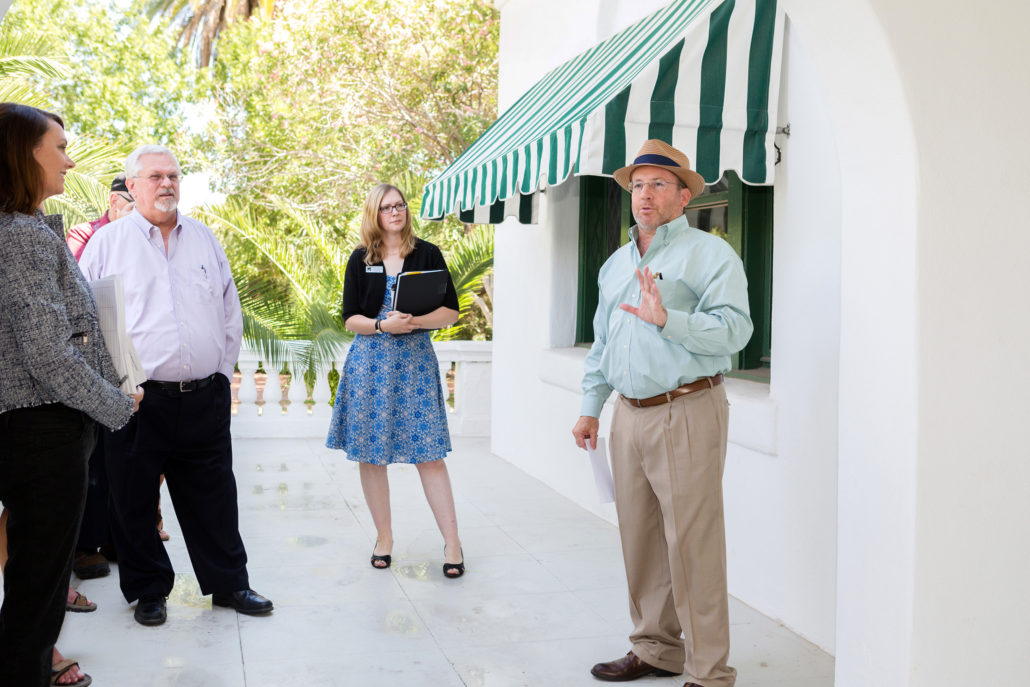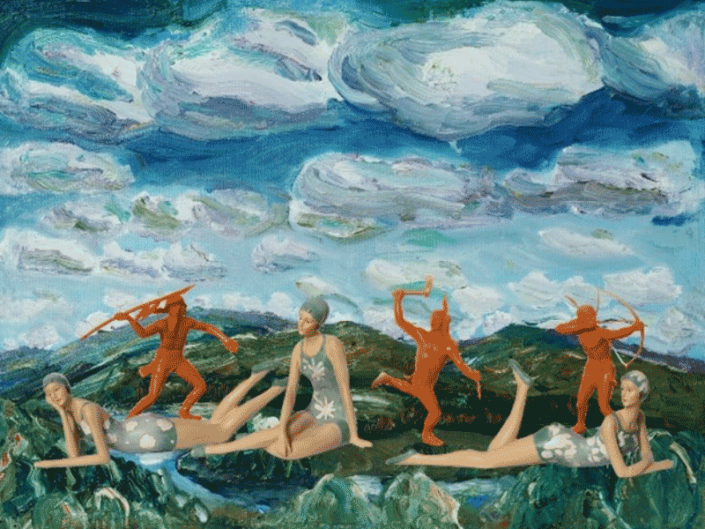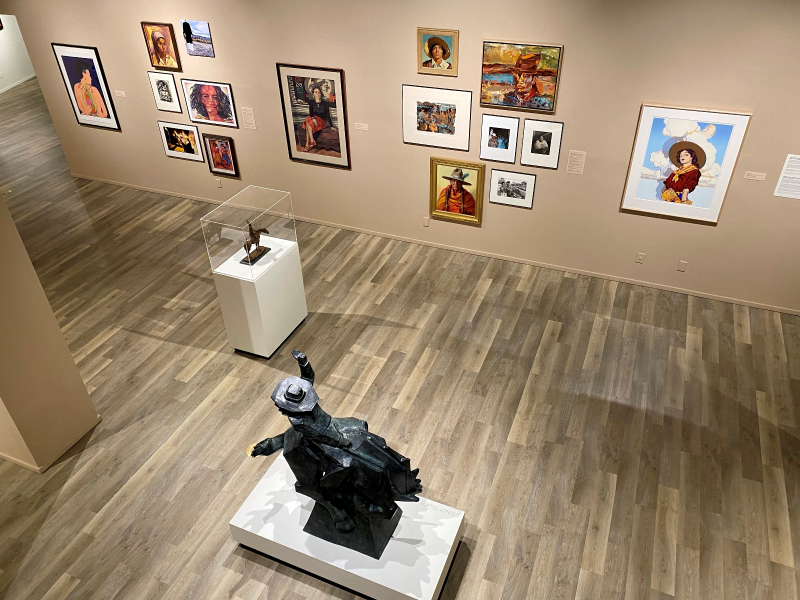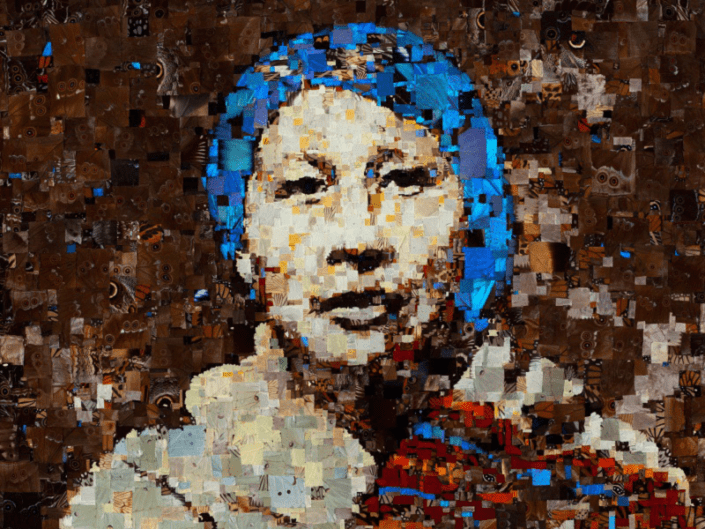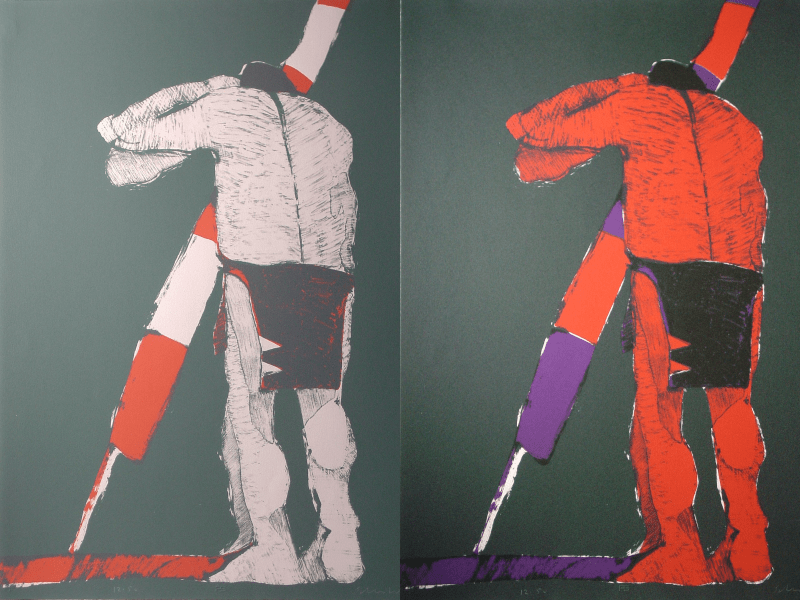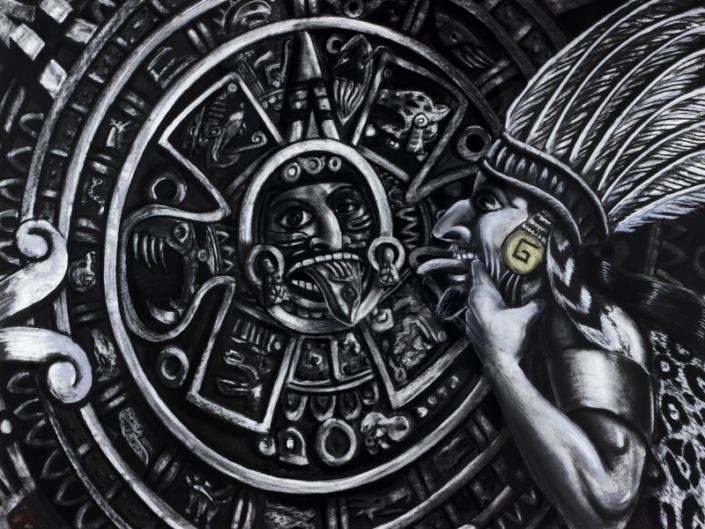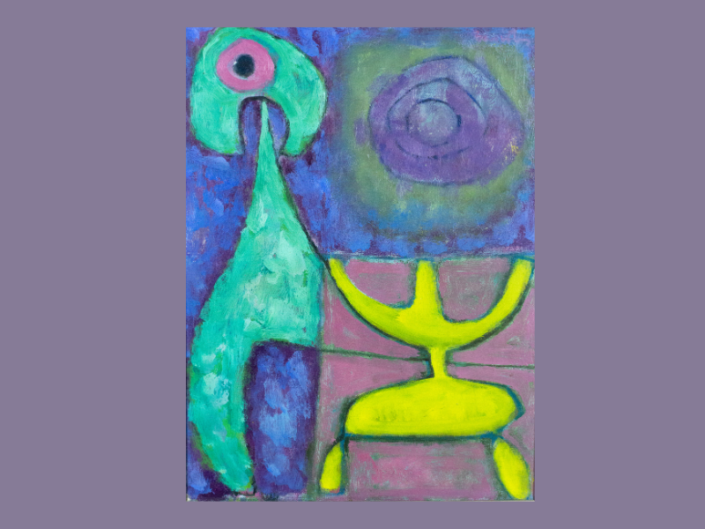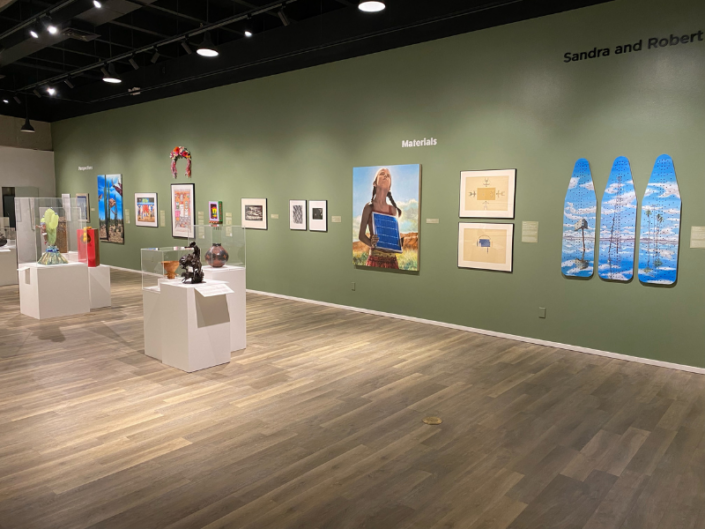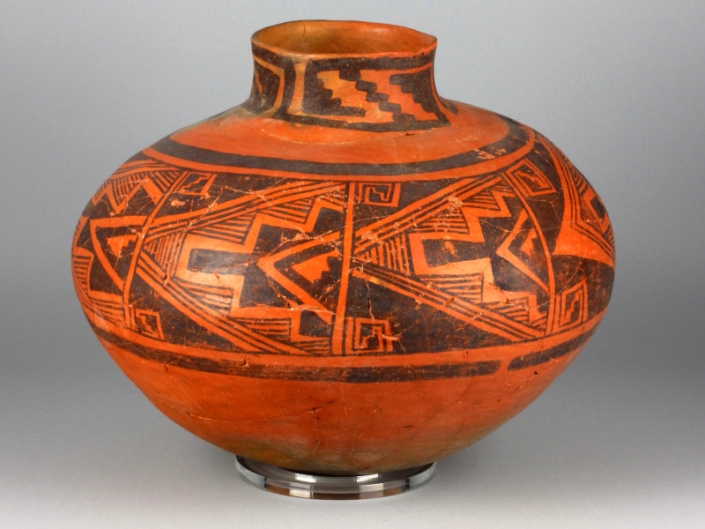Mission
The Tucson Museum of Art and Historic Block connects art to life through meaningful and engaging experiences that inspire discovery, spark creativity and promote cultural understanding.
Vision
The Tucson Museum of Art and Historic Block, a regional museum and center for artistic inquiry and appreciation, seeks to inspire dynamic human experiences, create a passion for the visual arts and celebrate Southern Arizona’s rich and diverse culture.
Core Values
Our Core values represent the lens through which all museum decisions and activities are viewed and valued.
- We recognize the importance and primacy of art and artists that provide inspiration for rewarding community relationships.
- We hold in public trust a growing permanent collection of over 12,000 significant works of art spanning multiple mediums and centuries.
- We believe quality arts education should be available for people of all ages, abilities, and backgrounds.
- We ensure that a culture of inclusion, diversity, equity, and access is represented throughout the museum’s collection, exhibitions, community engagement, and educational programs as well as among members of our board, staff, and volunteer groups.
- We serve as an incubator of ideas that link the museum’s diverse collection, activities, and historical properties with the life of the community.
- We are proud to contribute to the vitality, livability, and economic stability of Tucson and the region.
- We foster a culture of financial and structural sustainability to ensure the museum’s viability for future generations.
Land Acknowledgment
As an institution built upon the original territories of the O’odham, the Tucson Museum of Art and Historic Block acknowledges the Indigenous Sonoran Desert communities, past and present, who have stewarded this region throughout generations.
History
On March 20, 1924, the art committee of the Tucson’s Woman’s Club established the Tucson Fine Arts Association, and plans were soon underway for a lecture series, exhibitions featuring artists from Robert Henri to Maynard Dixon, and creative activities geared toward University and High School students.
As the Arts Association continued to grow and evolve, a relocation to the former Kingan House on Franklin Street in the El Presidio Historic District took place in 1955. This new location provided the space for larger art classes and the beginnings of a permanent collection. In 1962, the name was changed to the Tucson Art Center.
In 1970, a generous gift inspired the community’s commitment to construct and endow a dedicated museum building. The groundbreaking began in 1973 and on May 3, 1975 the ribbon-cutting ceremony took place. The following day, the organization opened its new doors at its present location as The Tucson Museum of Art and Historic Block, and became the caretaker of five additional properties now on the National Register of Historic Places: La Casa Cordova, Romero House, Edward Nye Fish House, Stevens/Duffield House and the J. Knox Corbett House.
The need for more space continued and between 2021 and 2022 the Kasser Family Wing of Latin American Art was completed, adding an additional 6,000 sq. ft. of gallery space and gracious entry hall, as well as the Alice Chaiten Baker Center for Arts Education, which provides four art studios, lecture halls, research library, collection storage area, and staff offices.
Today the Tucson Museum of Art and Historic Block, accredited by the American Alliance of Museums, encompasses an entire city block in historic downtown and houses a growing collection of nearly 12,000 works of art spanning over 3,000 years of history. Rotating and permanent collection exhibitions feature original and traveling shows focusing on Art of Latin America, Art of the American West, Indigenous Arts, and Modern and Contemporary, with related docent-led tours, educational activities, community engagement programs, and a Museum Store to delight and educate visitors. The Tucson Museum of Art serves the city and surrounding regions and is committed to broadening public access and connecting art to life.

